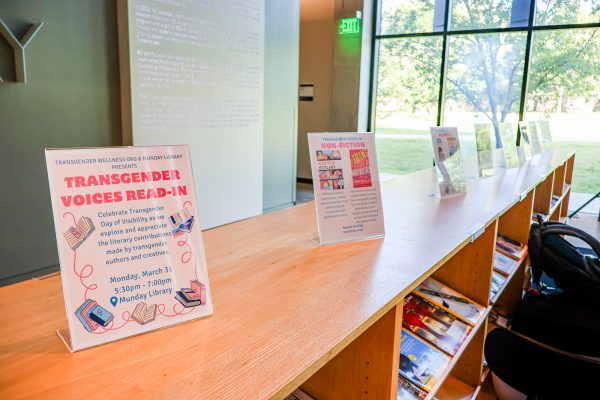Mary Moody Northen Theater’s ‘Romeo and Juliet’ excels through captivating performances, costumes
Upon entering the theater, my friend looked at me and jokingly warned, “Don’t get attached to any of the characters.”
“I may already know how the story ends,” I replied.
However familiar you are with the legendary tragedy, it was hard to not get attached to this crew. Whether it was Victoria Borgstedte’s charming Benvolio or Actor’s Equity Association member Mary Agen Cox’s lovable Nurse, the actors brought Shakespeare’s tragedy to life with grace.
Sierra Boudoin, previously featured in five other Mary Moody Northen Theater productions, dominated the stage as the vulgar, yet funny Mercutio. Her ferocious movements paired with her clear, decisive language made for an outstanding performance.
Deja Morgan’s Lady Capulet made even the most rebellious of daughters quiver. And yet, her heartbreaking cries at the sight of the bodies of Juliet and Tybalt were a sharp reminder of the intricate livelihood of parenthood.
The chemistry between Luxy Banner and Weston Smith was fascinating to watch. The theater’s unique setup offered the audience a very intimate setting, which intensified the already stolen moments between the two protagonists.
In the famous masquerade scene, the telling light design by Natalie George and the attractive choreography by Toni Bravo captivated the audience. After the dance finished, everyone else walked off the stage, spilling away as heavy gowns dragged behind them. Banner and Smith are then left alone, staring at each other, making even the more cynical audience members smile.
Both Banner and Smith glowed in their respective roles, convincing us of their ecstasies as well as their deep heartbreaks.
Costumes played a crucial component in this production. Since the set design was necessarily simple, the intricate gowns and capes, designed by Susan Branch Towne, helped the audience situate the story in the Italian Renaissance.
Little details shined in the costumes. The outfits of the Capulet family stayed within a red pallet, whereas the Montagues wore blue. After they are married, Juliet and Romeo’s outfits become different shades of gold, which emphasized their bond.While this is something that is observed in other productions of “Romeo and Juliet,” it could also be a nod to the colors of the two U.S. political parties.
This ties in well with the director’s note found in the play’s program:
“The true tragedy for both Romeo and Juliet lies in the fact that their parents always had the power to end their dispute yet are too slow in exerting the precious influence needed to encourage peace. The message seems clear: Make and take opportunities to be an agent of change now because tomorrow it may be too late.”
Reading this right before the play definitely shaped my experience. In Juliet’s famous monologue, Banner queried: “What’s in a name?…It is nor hand, nor foot. Nor arm, nor face, nor any other part. Belonging to a man.”
Indeed, a name and many other personal identifiers are only as real and influencing as we want them to be.
After Romeo and Juliet died, their families agree to end their violent feud. A bittersweet ending left a lasting impression.
While the bloodshed will cease, those who have died are gone forever. One can’t help but wonder, how many deaths are needed before change comes?
While Shakespeare’s works continue to intimidate many, his works remain an essential space for actors to grow, as well as an excellent study of people. The director highlights in his note:
“As we take you to the Italian Renaissance in this classical version of the play, perhaps you will be amazed at how perceptive Shakespeare was in his understanding of human nature, the constant danger of diverse ideologies, and the tragic results that occur when diplomacy, tolerance and common charity are left to fester and rot.”






